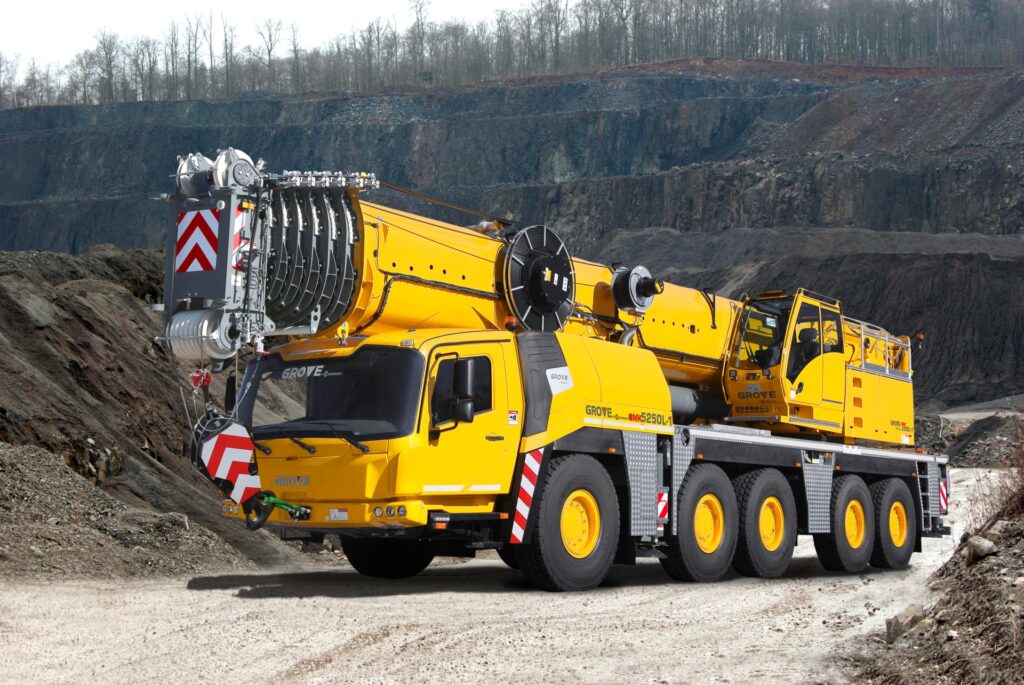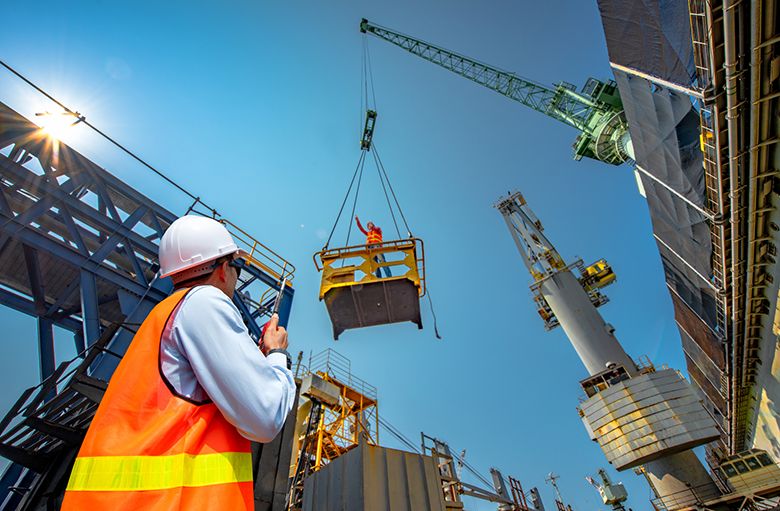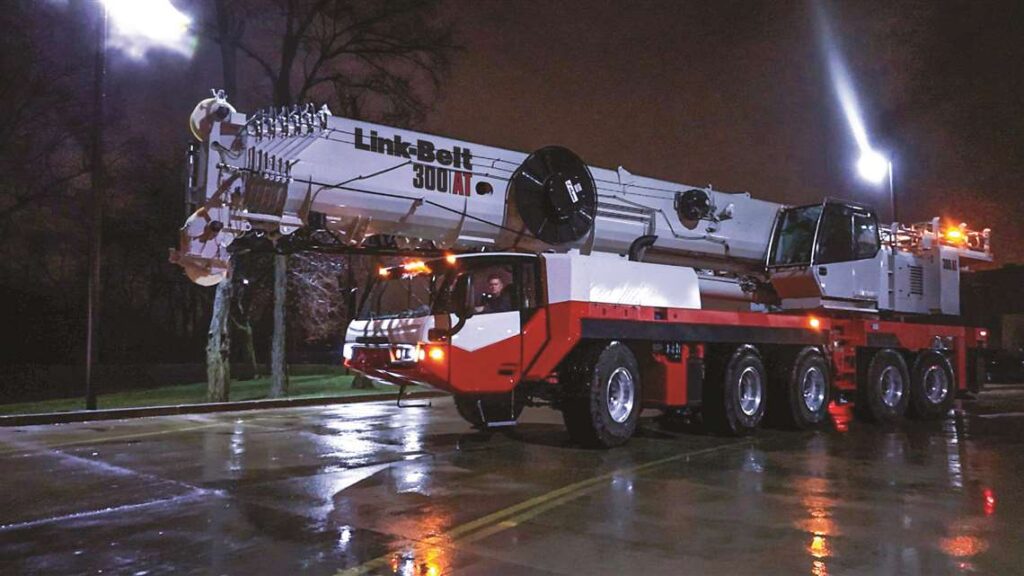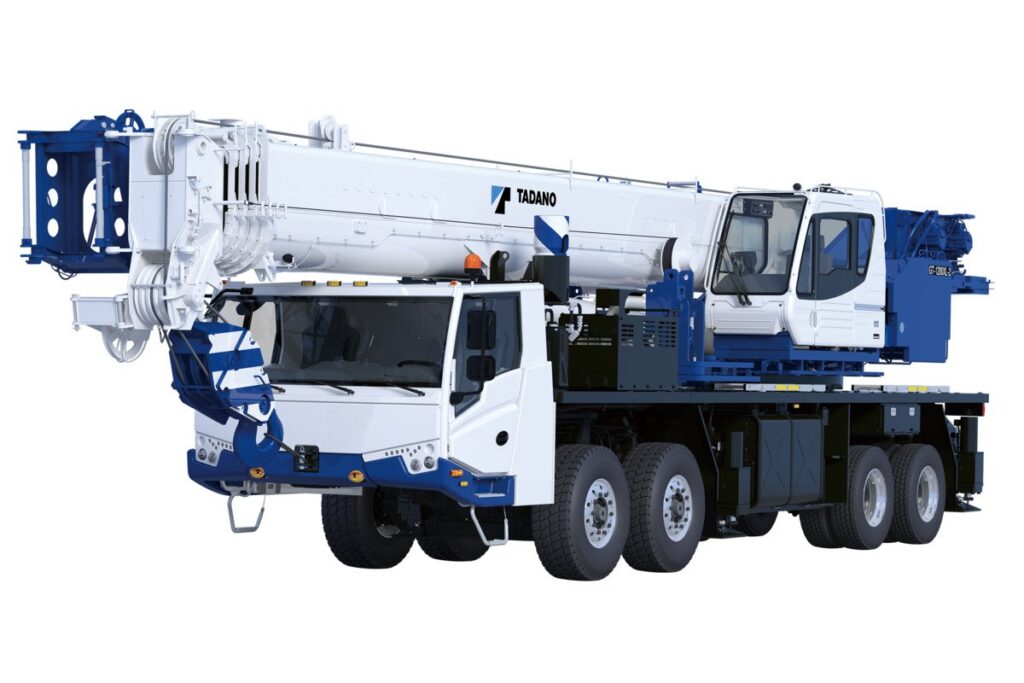When it comes to moving heavy loads around a worksite, cranes are quite invaluable pieces of equipment. When looking to such a major purchase, choosing the most suitable machine for any terrain or weather condition, differentiating these two types of cranes (rough terrain cranes or all terrain cranes) will ensure you are able to choose the right one for the job. To help make your decision easier, we have created this informative guide that examines what makes each crane unique so you can properly select the best option for cost-effectiveness, profitability and safety!
Noted below are several key factors to help you pick between rough terrain and all-terrain cranes for your heavy lift.
Rough Terrain Cranes:

Boasting the advanced mobility features such as four-wheel steering and oversized tires, the rugged terrain crane is well equipped to handle even the most extreme job sites, such as mining and construction. The multiple wheel steering mode increases stability on uneven ground to provide smoother navigation of heavy loads at speeds that a normal crane cannot safely reach. Oversized tires provide additional security by evenly distributing the weight across rough surfaces, preventing any chance of sinking or tipping over in muddy soil conditions.
All Terrain Cranes

All-terrain cranes are designed to go where other machines wouldn’t dare. An all-wheel drive system, which has an extra set of wheels and a suspension system make them the perfect vehicle for tackling tough road surfaces like dirt, asphalt or gravel roads. With more grip than any machine before it, they can handle slippery conditions safely and with maximum efficiency – ensuring you get your job done in complete confidence! (photo above shows one of many Grove all terrain cranes)
Transporting cranes to worksite

Transporting cranes to your worksite requires careful planning. Depending on the type of crane, this could involve readying a transport vehicle, obtaining the correct permits for oversize loads and properly securing the machine for transit – all essential steps in actively moving your crane safely from point A to point B without jeopardizing safety or causing any damage along the way.
For those in the market for heavy-duty machinery, rough terrain cranes are an ideal choice. However, they’re limited to off-road use and only offer slow transportation on public roads due to a single engine powering both its undercarriage and crane functions – thus your best bet in that case would be attaching it onto a trailer or flatbed truck instead of attempting transport yourself by road! All-terrain cranes eliminate this issue through their combination of rugged maneuverability with safe highway travel speeds; allowing you effortless movement from job site to job site without any cumbersome detours.
Load capacity
When selecting a crane for your project, it’s crucial to make sure you choose one with the right lift capacity. This ensures that any loads remain balanced and secure while they are in transit as excessive weights can be dangerous on roads and off-road sites alike. Rough terrain cranes have an incredibly broad range of capabilities – anywhere from 30 tons up to 150 tons! You’ll benefit from all this power even if rough terrain cranes are typically much smaller than other types of cranes; so, rest assured knowing that no job is too large or too small – these handy machines will get the job done safely!
While it’s critical to purchase the proper crane for the job, it’s also critical to have the proper shop tools and electronic diagnostic tools for the computerized systems that operate the engine, transmission, crane and more. As the successful crane operations know, proper preventive maintenance is critical for both safety & maximizing profit. Any type of breakdown on the job is totally unacceptable.





